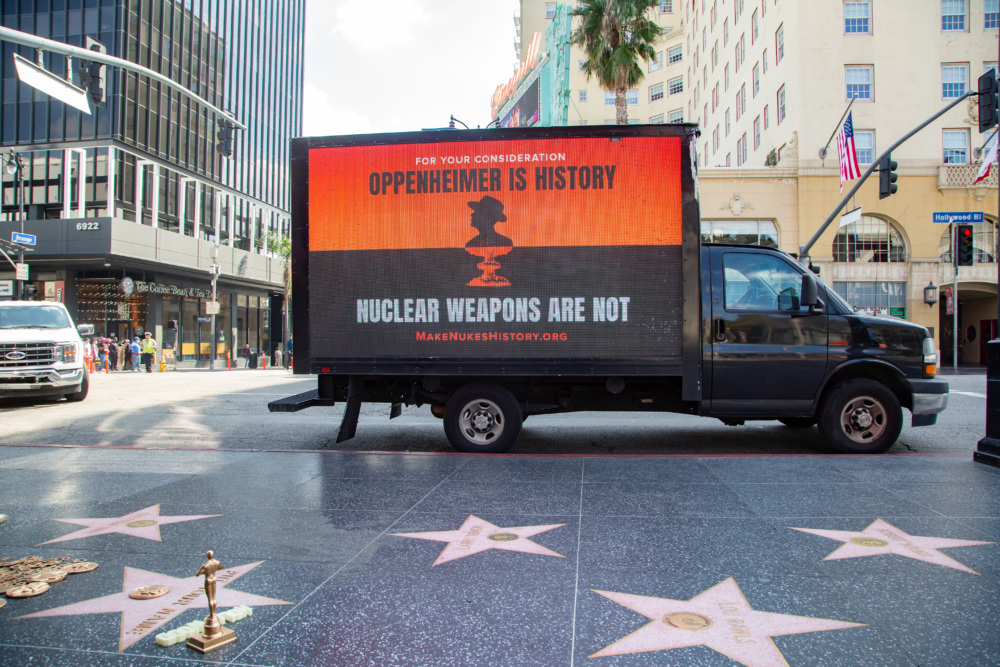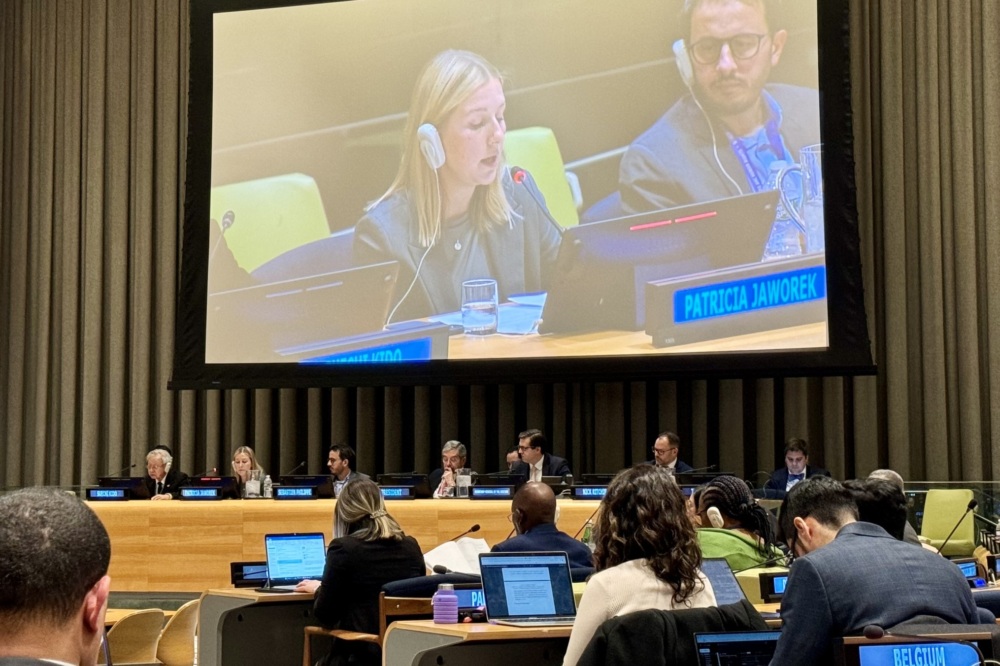
Hollywood Voices Sound Alarm on Nuclear Threat as Oppenheimer Sweeps the Academy Awards
NTI's #MakeNukesHistory campaign breaks through Oscars coverage to remind people that while Oppenheimer is history, nuclear weapons are not.
The United States and Russia each implemented unilateral
test moratoriums nearly three decades ago. But today, there are serious
questions about whether they might choose to resume nuclear testing. To better
understand the dangers of a return to nuclear testing, and opportunities for
transparency and confidence-building measures to prevent this, the James Martin
Center for Nonproliferation Studies (CNS) has produced an interactive tour of
Russia’s Central Testing Ground at Novaya Zemlya, an archipelago in the Arctic
Ocean.
The interactive
tour and accompanying article
by CNS’ Jeffrey Lewis offer an unparalleled look at historical and current
activities at Russia’s Central Testing Ground, with frequent reference to
similar activities at the U.S. Nevada National Security Site. Comparing the
U.S. and Russian test sites helps illustrate how both countries approached
nuclear testing during the Cold War, how they manage their stockpiles today in
an era without explosive testing, and the continuing importance of arms control
to prevent a return to the shared dangers of an arms race.
Sign up for our newsletter to get the latest on nuclear and biological threats.
NTI's #MakeNukesHistory campaign breaks through Oscars coverage to remind people that while Oppenheimer is history, nuclear weapons are not.
NTI Program Officer Patricia Jaworek joined a panel discussion on the devastating humanitarian effects of nuclear weapons and shared her research on the subject.
NTI announces its third annual campaign to mark the anniversaries of the atomic bombings of Hiroshima and Nagasaki and create a shared moment where people come together to show their support for a world without nuclear weapons.


